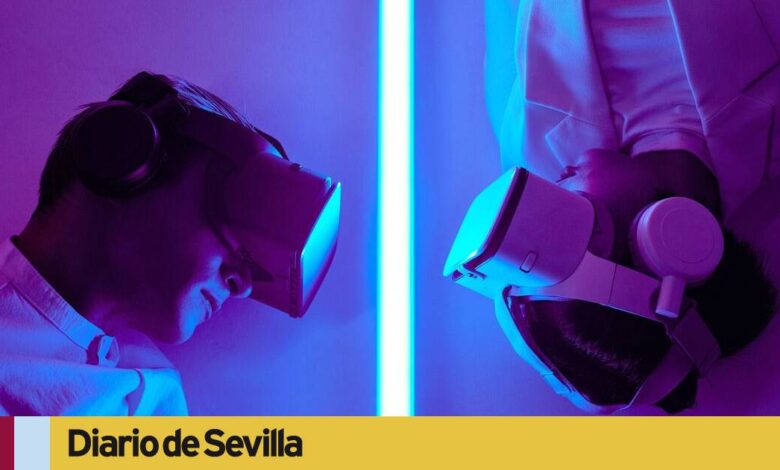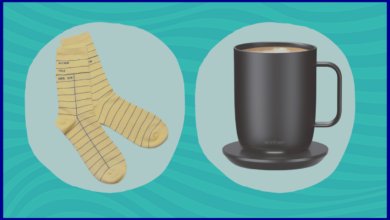new lifestyles that will generate a turnover of 62,200 million in 2030

No one questions that the Internet has generated a channel that runs parallel to the physical one, in which everything is possible and which has its own rules and codes. Almost no one is outside this digital environment that has completely changed people’s lifestyles.
From this ecosystem, virtual reality (VR) promises to transform the lifestyle of users through experiences immersive in worlds recreated by computer that either imitate the real world or invent new scenarios.
In the video game industry, it is capable of offering much more intense experiences thanks to the fact that the player is involved in 360-degree scenarios with which to interact as if they were really there, this technology will achieve a greater projection.
In fact, the latest report from Market Research Future The virtual reality business volume in 2030 stands at 62,200 million euros. During the next few years, interannual growth of 44.4% will be recorded. Few industries will offer similar numbers.
The industry of gaming and entertainment is, therefore, the gateway to virtual reality because it is in its nature to take advantage of the capabilities of this technology through gamers, who are the early adopters of the devices (glasses) available on the market. But neither users nor manufacturers forget the potential of this technology, which transcends the video game industry.
health and fitness
In fact, health and fitness seem to be the next frontiers of virtual reality, as demonstrated by the movements that have been observed in the market in recent months.
Since virtual reality allows you to create immersive experiences, this technology has potential in fitnesswith the possibility of transferring the sports environment of a home gym, thus breaking the barriers of time and space: What would a group class with thousands of users connected from different parts of the world be like?
If we add to this the capabilities offered by other connected devices, such as activity bracelets and smartphones, training can be monitored to provide it with greater capabilities to control our state of health.
Is in the health, in fact, where there are great opportunities for virtual reality. Not only because we will be able to go to a medical consultation in a virtual environment without losing an iota of seriousness and professionalism, but because connected devices will allow health personnel to collect data of interest for diagnosis, treatment and monitoring.
When we talk about virtual reality, we actually do it in a ecosystem where glasses are the visual gateway, but in coexistence with other devices capable of connecting to that system to enrich it.
As highlighted Herminio BarnExecutive Director Core Solutions of Ingram Micro. “Virtual reality is a very broad concept that encompasses an ecosystem of connected devices that translate the physical world into the virtual with precision, allowing people to take advantage of the limitless capabilities of those virtual worlds to live rich new experiences that have no thematic limits. . The applications of this new technology are revolutionizing the world of entertainment in the first phase, but applications for education, health, communication, engineering, and other diverse worlds are already prepared, all in an ecosystem that aims to create the much talked about metaverse”.
In short, virtual reality is a new way of understanding the digital world. One in which the hybridization with the physical world is much more intense than on the Internet, and where the limits are pulverized to create a new way of relating to technology and, without a doubt, with people, companies, brands and even governments.
“We are at the turning point of virtual reality, and what we are going to live and experience in the coming years will mark the future of Internet 3.0”, underlines Herminio Granero. “It is time not to be left out of one of the most profound digital revolutions in history.”




